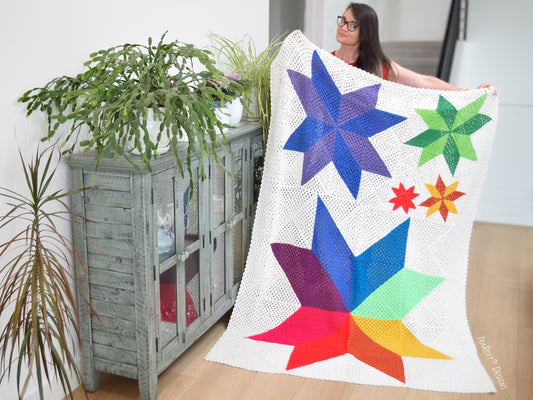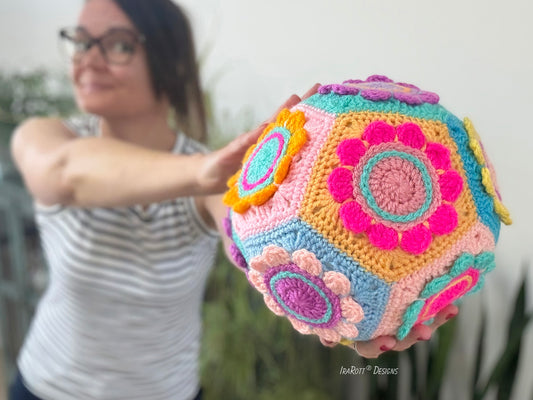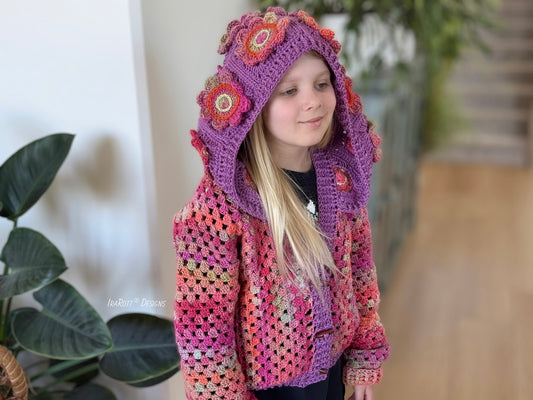When you are making quilt blocks, a true 1⁄4″ seam allowance is crucial for achieving accurate measurements, especially when it comes to large blocks with multiple seams. For instance, if you have 10 seams across one edge and each seam is off by only 1⁄32″, you will be off by 5⁄8″ in total. Which means your next piece will be longer or shorter and will not align exactly with your finished edge.
- 1⁄32″ seam allowance error X 2 edges = 1⁄16″ total error per seam
- 10 seams X 1⁄16″ error = 5⁄8″ discrepancy
For the best result, cut your block pieces accurately and use a 1⁄4″ foot for piecing. Press all your seams open rather than pressing to the side. Also, when working with precuts, carefully ensure that the width of your Jelly Roll strips measures exactly 2 1⁄2″ as strips with pinked edges are often wider. Trim off any excess if needed before cutting shapes.

You might also end up with a discrepancy if your edge has stretched due to bias cut or if some of the fabric is caught in the seam while pressing. When that happens, trimming is NOT the best choice as it might cause inaccuracy and distortion later on. Instead, try to evenly distribute the longer edge along the shorter edge by spreading out the ease. Generally, the longer the seam, the easier it is to fix minor errors.
- Align the left and right edges and insert a pin on each side
- Spread fabric evenly between the pins and place a pin in the center
- Continue pinning and distributing the ease evenly, using more pins than you would normally use



Sew across the pinned edge with a 1⁄4″ seam allowance, removing pins as you go. Set the seam and press it open. Voila, it’s perfect!






